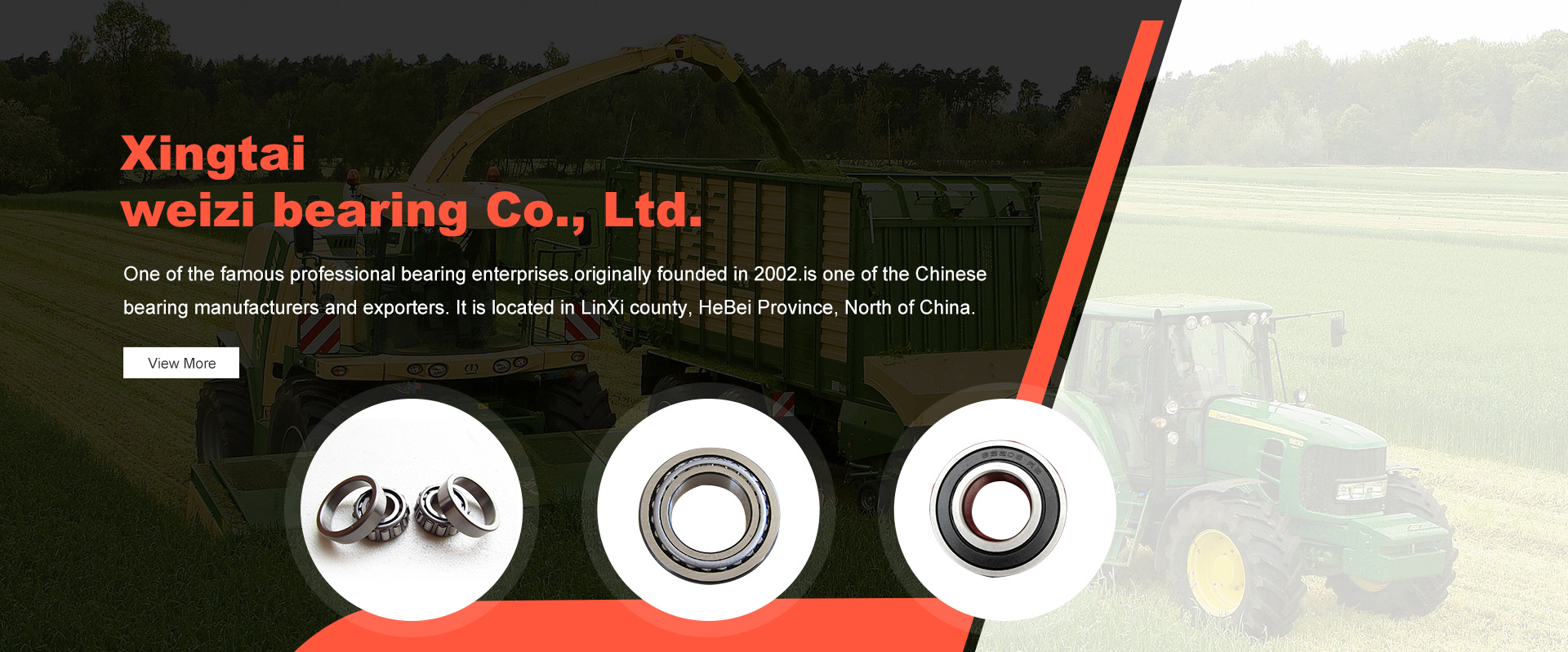
Aug . 30, 2024 18:30 Back to list
High-Quality 6303 Diameter Bearings for Optimal Performance
Understanding the 6303 Bearing A Closer Look at its Diameter and Applications
The 6303 bearing is a type of deep groove ball bearing that is commonly used in various mechanical applications. Its design and functionality make it a crucial component in many industries, ranging from automotive to industrial machinery. One of the key specifications of the 6303 bearing is its diameter, which significantly impacts its performance and suitability for different tasks.
Specifications of the 6303 Bearing
The 6303 bearing typically measures 17 mm in inner diameter, 47 mm in outer diameter, and 14 mm in width. This specific size provides a balance between load capacity and efficiency. The ball bearings inside are usually made from high-quality steel or ceramic, enhancing durability and reducing friction during operation. Additionally, the 6303 bearing often comes with seals or shields to protect it from contaminants and retain lubrication, which is crucial for maintaining its lifespan.
Importance of Diameter
The diameter of a bearing plays a pivotal role in its application. The inner diameter must match the shaft size it is mounted on, while the outer diameter influences the housing dimensions. An incorrectly sized bearing can lead to poor fit, resulting in increased wear, overheating, and ultimately, bearing failure. Therefore, understanding the diameter specifications is essential when selecting the right bearing for a given application.
Applications of the 6303 Bearing
diameter bearing 6303

The versatility of the 6303 bearing allows it to be utilized in a wide range of applications. In the automotive industry, it is commonly found in electric motors, alternators, and various other components where smooth rotation is critical. The 6303 bearing is also prevalent in household appliances, such as washing machines and refrigerators, where reliability and efficiency are paramount.
In industrial settings, these bearings are used in conveyor systems, pumps, and electric motors. Their ability to handle radial and axial loads makes them suitable for dynamic applications where heavy machinery operates continuously. For instance, in manufacturing plants, the 6303 bearing enhances the performance and longevity of equipment, reducing downtime and maintenance costs.
Advantages of the 6303 Bearing
One of the main advantages of the 6303 bearing is its ease of installation and replacement. Standardized sizes allow for easy sourcing, ensuring that companies can quickly obtain replacement parts without extensive lead times. Additionally, the deep groove design enhances load capacity and permits high-speed operation, making it ideal for various demanding conditions.
The availability of 6303 bearings with different sealing options—such as rubber seals (ZZ) or metal shields (RS)—allows users to choose a configuration best suited to their environmental conditions. For instance, sealed variants can provide added protection against dust and moisture, further extending the lifespan of the bearing.
Conclusion
In summary, the 6303 bearing is a widely used component whose diameter and design significantly contribute to its effectiveness in numerous applications. Understanding its specifications, particularly the inner and outer diameters, is crucial for optimal performance and longevity. As industries continue to evolve, the role of quality bearings like the 6303 will remain vital in maintaining efficiency and reliability across various mechanical systems.
Latest news
-
Grooved Ball Bearing Design and Functionality
NewsJun.04,2025
-
Concrete Mixer Bearing Load Capacity Testing
NewsJun.04,2025
-
6004 Bearing Dimensions in Robotic Joint Designs
NewsJun.04,2025
-
Advantages of Single-Row Deep Groove Ball Bearings
NewsJun.04,2025
-
Applications of Deep Groove Ball Bearings in Automotive Systems
NewsJun.04,2025
-
Innovations in Bearing Pressing Machine Design
NewsJun.04,2025
